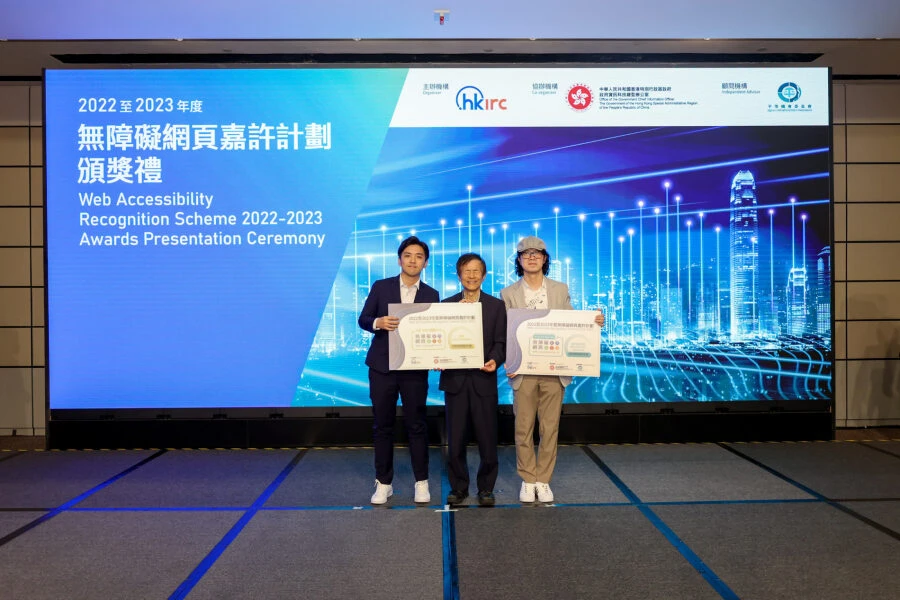
Let's Talk AI for NGOs
[Smart Solutions for NGO AI] Why AI is Essential for the Future of NGOs
Publish Date:2025-04-23
The Future, Redefined by AI
In a fast-paced city like Hong Kong, both NGOs and local companies face challenges such as limited resources, staff shortages, and complex administration. But have you considered that AI could be your “invisible teammate”? According to Google’s latest economic impact report, AI technology could add up to HK$287.4 billion to Hong Kong’s economy by 2030, benefiting organizations across all sectors.
AI is no longer just science fiction—it’s a practical tool. From automating customer inquiries to predicting market or social needs, AI is driving a revolution for both NGOs and businesses. The real question isn’t “should we use AI,” but “how can we use AI smartly?”

How AI Helps Organizations “Save Time and Achieve Great Things”
1. Hotline Management Revolution: From "Manual Answering" to "Intelligent Care"
Imagine this: when the hotline rings, an AI system instantly analyzes the caller's tone and prioritizes referrals for emotional crisis cases. Routine inquiries are handled by a RAG chatbot with an accuracy of over 95%. After adopting a speech-to-text tool, one local social welfare organization reduced volunteer documentation time by 70%, freeing up staff for in-depth counseling.
2. From Document Hell to Heaven: The Powerful Duo of OCR + Generative AI
Processing tens of thousands of application forms annually? Optical Character Recognition (OCR) technology can instantly convert handwritten forms into digital files. Combined with a custom AI model, it can automatically classify urgent cases and generate statistical reports. An environmental group used this system to increase the speed of organizing policy advocacy materials by three times.

Custom-Built vs. Off-the-Shelf Solutions? The Smartest Choice for Orangizations
The "Off-the-Shelf AI Toolbox" – An Efficiency Booster You Can Master in 3 Days
- RAG Chatbot: Trained on your organization's documents to accurately answer questions about service scope and application procedures.
- Smart Voice Logging: Volunteers can dictate service records, and the system automatically generates reports in the format required by the Social Welfare Department (SWD).
- Data Radar: Instantly analyzes social media sentiment to capture emerging social needs.
The "Customized AI Brain" – Solving Your Unique Pain Points
Case Study: A child welfare organization developed a "High-Risk Family Predictive Model" by integrating SWD data, school records, and hotline keywords, successfully increasing the early intervention rate by 40%.
3 Essential Security Tips for Orangization Using AI
- Data-Isolated Training: Train AI models on local servers to ensure sensitive case data is not exposed.
- Transparent Decision-Making: Require vendors to explain the AI's decision logic to avoid "black-box" operations.
- Phased Implementation: Start with a trial in non-core operations (like an automated scheduling system) to build trust before expanding.
This is What an NGO Leader in the AI Era Looks Like…

AI doesn't replace humanity; it liberates it. When machines handle 80% of repetitive tasks, your team can focus on creating the 20% of breakthrough impact. As the Hong Kong Digital Innovation Report points out, AI applications will reshape the service model of the social welfare sector, and now is the best time to start.
Immediate Action Checklist:
☑️ Download the free AI efficiency checklist
☑️ Schedule an expert consultation: Find your ideal AI entry point in 15 minutes
Schedule an Expert Consultation
Using AI isn't about "splurging on technology"; it's about "investing in future impact." Our hybrid AI solutions, designed specifically for NGOs, have already helped numerous local organizations improve their service efficiency by up to three times. Contact our social welfare technology consultants today to begin your AI evolution journey!


![[Mastering NGO AI Security] The NGO AI Security Checklist: How to Safeguard Your Data](https://strapi2-dev.dev.i2hk.net/uploads/Group_239_900x600_ee574003cf.webp)
